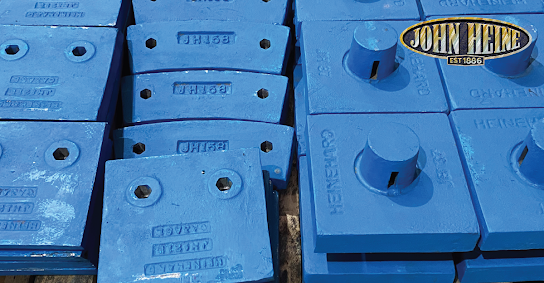A Complete Overview of Horizontal Boring Machine

The horizontal boring machine, also known as a milling or drilling machine used to perform operations on large pieces which cannot be moved or rotated easily. In a simple way, this tool is one of the useful pieces of machinery used on heavy elements such as engines, frames, cylinders, land etc. Moreover, it is used where the lathe and drilling machine operation is not possible. Before considering any Horizontal boring machine for sale , here are a few things to know. What is the Importance of Horizontal Boring Machine A horizontal boring or drilling machine is a piece of heavy-duty machinery widely used to bore large holes horizontally. With this machinery, you can cut at different angles with universal tables. As mentioned earlier, it drills or bores large work items that are immovable, heavy, difficult to balance, etc. Horizontal mills use smaller but thicker cutting heads to press against the project to remove material. Moreover, it can function multiple actions, inclu
